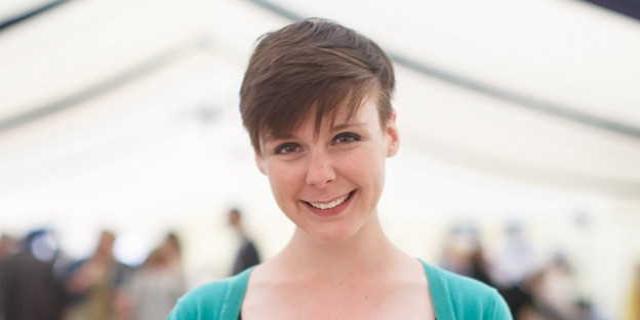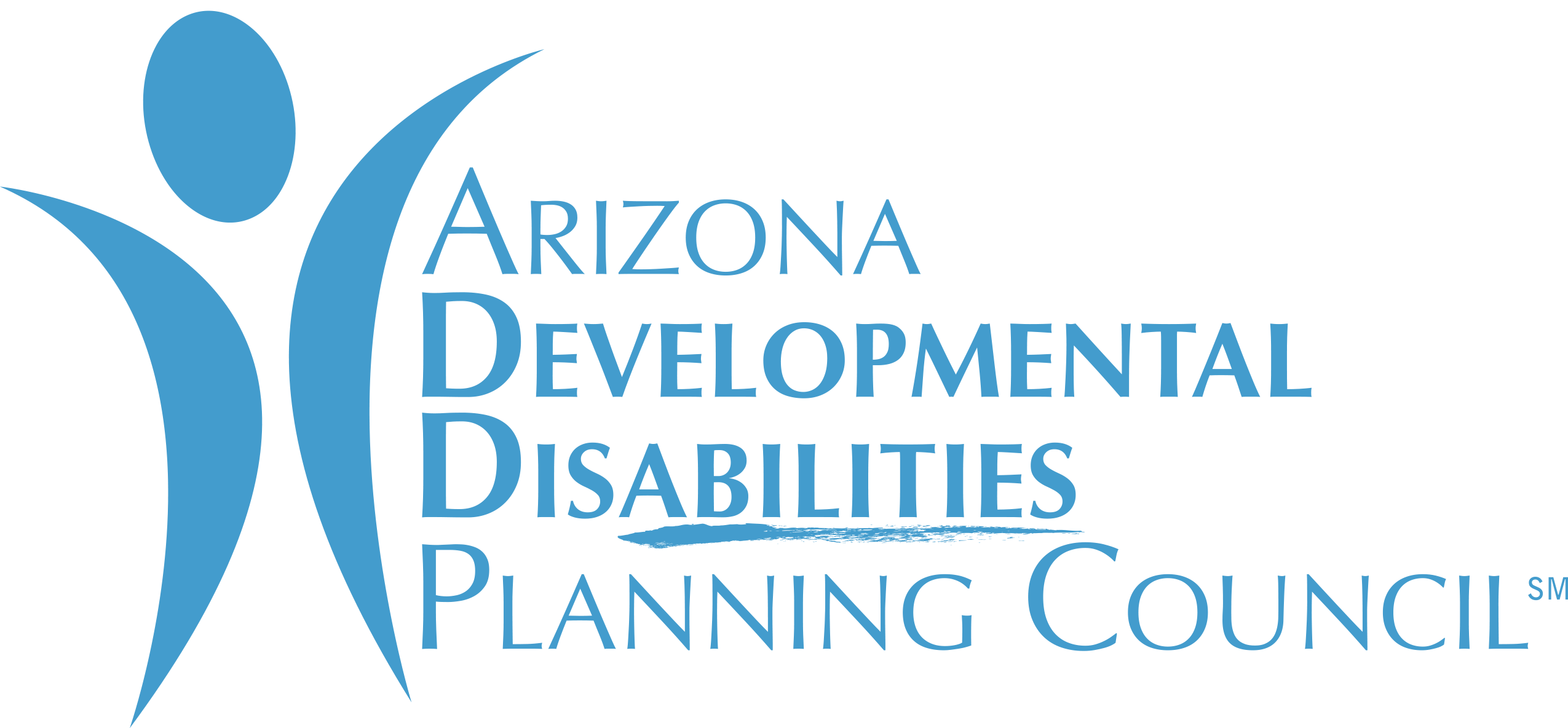AZ ranked No.1 but still long way to go for inclusion

by Rebecca Monteleone, Guest Writer
Our Voices features guest bloggers in their own words sounding off on disability issues in Arizona.
Rebecca Monteleone is a PhD student at Arizona State University’s School for the Future of Innovation in Society. She also is a Fellow of the Alliance for Person-Centered Accessible Technologies.
United Cerebral Palsy recently released its annual ranking of intellectual and developmental disability (I/DD) services across the nation, The Case for Inclusion. The publication, which uses a variety of metrics to rank how well state Medicaid programs promote independence, productivity, health and safety, quality of life, and familial relationships, awarded Arizona its No. 1 slot for the fifth year in a row.
Arizona has claimed this spot primarily for its achievements in housing – the report values “home-like” settings, and nearly 80 percent of Arizona’s residents with I/DD are currently living in the family home. As a disability scholar recently transplanted to Arizona, these glowing statistics were my first introduction to Arizona’s disability services. The statistics were impressive – I was excited to see these nationally-recognized disability services in action. However, while national media outlets laud Arizona as “the best state for people with disabilities,” I soon learned reports closer to home reveal persistent issues with transportation, employment, social inclusion, and limited choice and independence.
Here are several areas where concerns frequently emerge from Arizonans with I/DD:
-
Education: Arizona is nationally renowned for the quality and quantity of its specialty charter schools, but these schools have faced allegations of unequal access, poor or non-existent special education services, and attitudinal barriers to enrollment. As one principal of a charter school stated, “we have something to sell, but we don’t think it is for those kids.”
-
Employment: According to The Case for Inclusion, approximately 21 percent of individuals with I/DD are in either supported or competitive employment, ranking them at No. 27 on their “productivity” metric. What this metric does not reveal, however, is the difficulty in navigating Social Security benefits discouraging individuals from seeking employment, the high number of cases being closed by the Rehabilitation Service Administration without a successful employment outcome, or the continued reliance on facility-based day services or segregated “supported employment” work crews. My own work in this area shows such segregation, which the Department of Justice has already deemed to be illegal and discriminatory in several states, inhibits inclusive societies (Monteleone & Dwyre, 2016).
-
Transportation: One of the classic barriers to community engagement, transportation continues to be an issue for Arizonans with disabilities – particularly those living outside of the major metropolitan area.
-
Independent Living: While Arizona ranked No. 1 in the country for community living, questions have been raised about the true amount of choice adults with I/DD have in determining their living situation. People with I/DD seeking to live in integrated settings outside the family home are often met with housing discrimination, lack of funding supports, and limited availability of housing vouchers. It is important to note that living in the family home, despite its relatively high status in The Case for Inclusion metric, is often not the desired first choice in housing. Barriers to more amenable housing options can occlude this fact, as the family home may be the only available alternative to group or institutional living.
-
Community Inclusion: Interpersonal relationships are crucial to overall well-being, and yet isolation and exclusion remain particularly acute issues among Arizonans with I/DD.
The value of large-scale data collection and analysis is unquestioned. Once I was made aware of personal accounts of Arizonans articulating areas of concern, however, it became clear that there is a gap between the numbers reported and the lived experiences of individuals with I/DD in the state. Without illuminating that gap, systems with persistent issues in Arizona may be continued here or replicated elsewhere under the auspices of being the best available. That idea is extremely troubling. The Case for Inclusion is a valuable resource, but it appears to have failed to capture much of the lived experience for Arizonans with I/DD.
While great strides have been made since the days of compulsory institutionalization, it is crucial to cast a critical eye at the current state of community inclusion and independence for Arizonans with intellectual and developmental disabilities. As a new Arizonan, I hope to amplify the voices of individuals with I/DD in the state. I believe the perspectives of people living with I/DD in Arizona should be the most significant voices in these evaluations in order to develop the most comprehensive and beneficial support systems possible.






